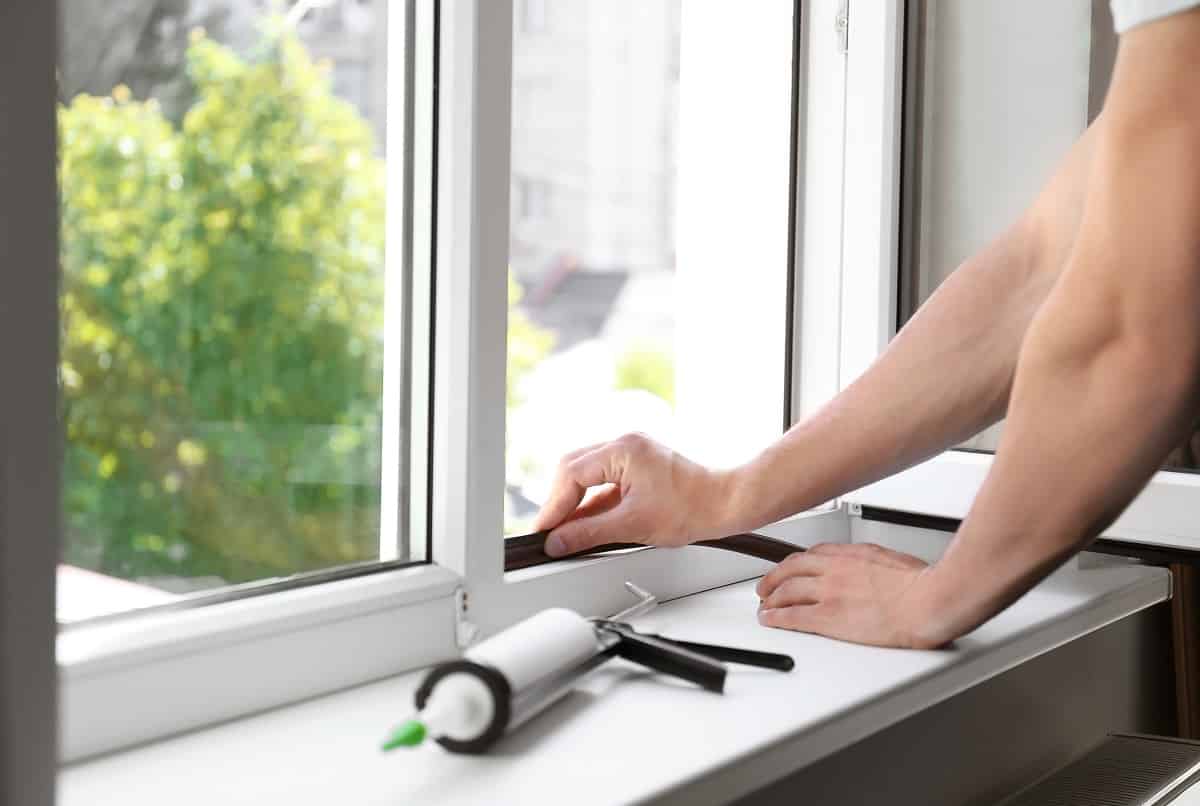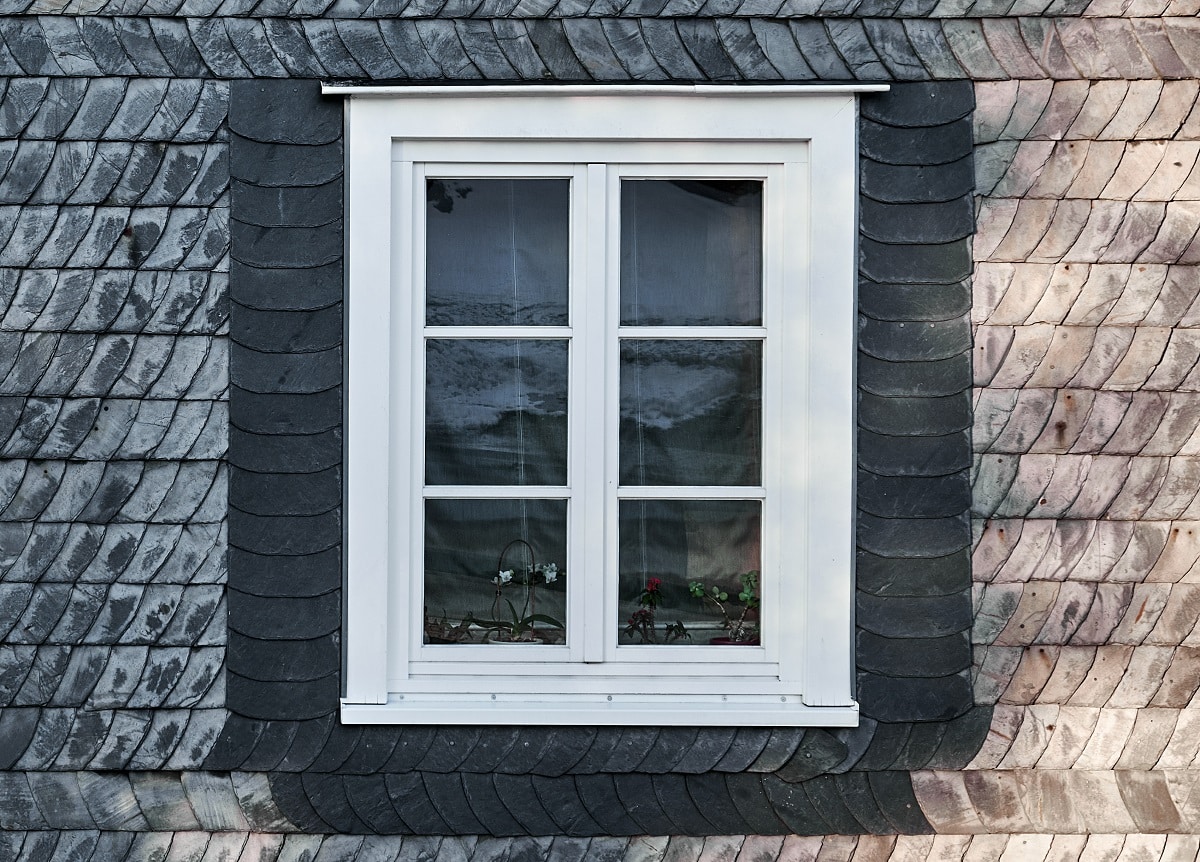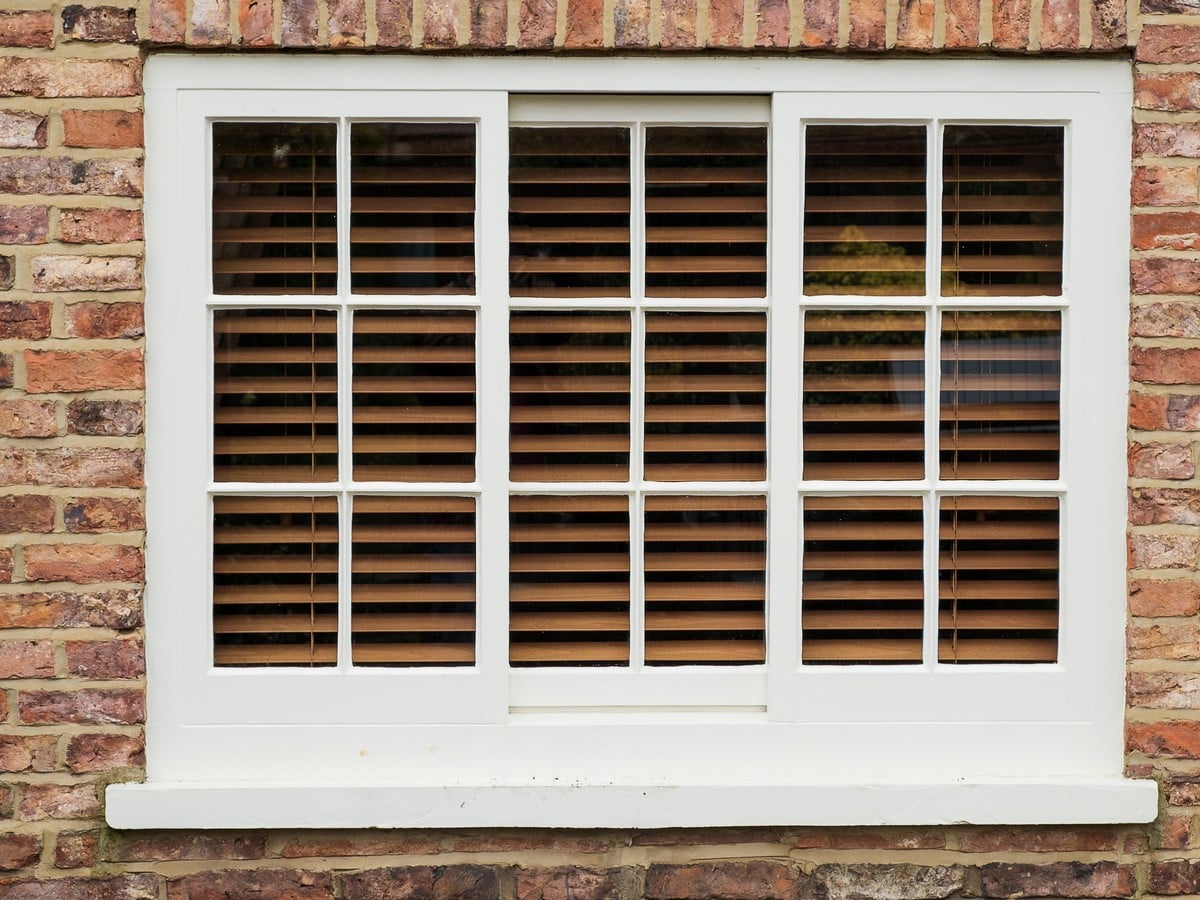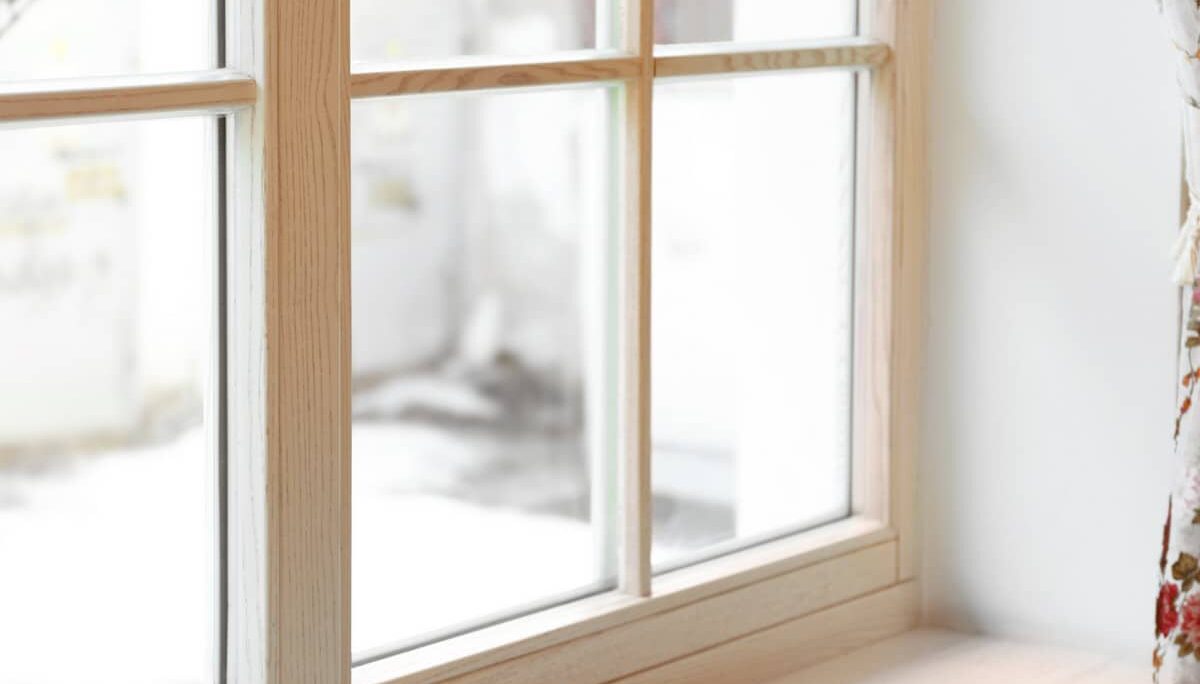A Guide to Prevent Sticking After Painting Your Sash Windows – Everything You Need to Know
The technique for painting sash windows to avoid sticking relies on the sequence of application of paint layers. A common problem with decorative sash windows is paint flaking off after a very short period, leaving large white patches on the window panes.
This may be due to poor weathering, some external influences, or even just excess moisture penetrating the coatings themselves. This technique works best with natural light, clearance and ventilation are extremely important aspects of successfully painting your sash windows.
When choosing colours to paint sash windows, bear in mind that this is a large-scale job. Some patience will be needed for it. The following tips should help you avoid such problems if you ever decide to restore your sash windows, or if you have bought a house and wish to renovate your original structure.
What Are Sash Windows?
Sash windows were introduced into the UK by William Kent (1685–1748) in the years around 1727. The composition between joinery and glazing was then referred to as double-hung windows. Pronounced ‘sahsh’, sash windows are often confused with traditional box sash windows.
Sash windows are a type of casement-style window or wood-framed window. These windows were the most popular form of natural light and ventilation before the industrial revolution and are still particularly common in older houses.
Originally, sash windows consisted of a large frame that could be opened, or ‘sashed’ to allow air into a room. The head of each sash would often be decorated with intricate designs or traceries.
Sash windows are one of the most striking and beautiful features of older homes. Originally designed as an energy-saving device by allowing cool air to combat the heat of the sun, their functionality has remained unchanged for hundreds of years, albeit with a few modern improvements.
Painting traditional sash windows is a skilled job and many people think it’s too complicated. So to remove this myth, We’ve created the ultimate guide to everything you need to know if you’re thinking about painting your sash windows.
Things You Need to Know Before Painting Sash Windows
Timing is crucial
If you are planning to paint the sash windows in your home, don’t delay any longer. Sash Windows are beautiful and deserve a lovely paint job to enhance their beauty. But, just like things in nature, wood also ages like anything else. If you delay the process of painting your sash windows for too long, it might be difficult for them to give off a rich and appealing look that will enhance the overall appearance of your home.
Preparation is key
Don’t rush to start painting as soon as the sash window is installed. Take time to check the condition of the house and prepare it for painting. Painting Sash Windows is a decision, not an impulse. If you are going to paint your sash windows then carry out careful research first so that you can get the best possible results. Read information on various window paints. On the internet, there is a wide range of products suited to individual needs and budgets.
Know your technique
This is because you will be able to paint your sash windows easier, effectively, and faster if you know your strategy in advance. Knowing the proper methods, tools, and materials to use when you are painting window sash is important. A well-painted window will extend the life of the wood and give it years of protection.
The right paint makes all the difference
When it comes to sash windows, good paint can make all the difference in an old window’s appearance. By sealing in cracks and worn out areas, you can help prevent water damage and mold growth behind the frame. Whether you’re looking to protect and preserve your timber sash windows or simply coloring them to match an aesthetic, the right tool for the job will ensure a professional finish and superior results.
Don’t be afraid to add an extra coat
When painting sash windows, it’s a good idea to apply two or even more coats, without allowing the solution of the layer to dry in-between. This is great for certain types of sash windows since you can see what you are doing.
Steps to Paint Sash Windows to avoid Sticking
Here are the steps to painting your Sash Windows to prevent them from sticking:
Choose the Right Paint
To paint sash windows to avoid sticking, you should choose the right type of paint, which is ideally a solid colour without transparent effects, which means that it doesn’t have glass beads or glitter.
You can’t just slap any old paint on there, otherwise, it will peel off within a matter of a few years. Acrylic is a special paint that you can use for sash windows which need to be mixed with a little bit of linseed oil before applying (this stops the paint from sticking to the wood and peeling off).
This is recommended for sash window restoration by nearly all experts in this field. Acrylic is a great choice of paint because it reaches all four walls and corners of the window frame and soaks into the wood.
Remove the hardware from the frame of the window
Before you can start painting sash windows to avoid sticking, you’ll need to remove the window hardware. This is done by unscrewing the screws at either end of the channels that hold the mullions in place and removing the sashes from the casing. It is a good idea to remove the window from the frame. This will allow the old paint to be scraped off easier.
Reverse the Sashes
Another thing to do before painting sash windows to avoid sticking is to reverse the sashes. You want the window in its original position with both the upper and lower sashes in their correct places within the case or frame. To do this, simply open the window as wide as it will go and take out the replacement windows
This way, you will have a solid basis for your painting, and when you prime they will remain this way so you can paint a good, solid coat of primer without the risk of touch-ups once the windows are returned to their open position.
Sand down the wood
Sand down the wood of the windows with sandpaper. Pay close attention to the areas near the glass panel of the sash window and smooth them out to avoid the paint from sticking. Use a drill with a medium sanding bit to sand down any rough spots on your sash windows.
Remove any defects from the wood including grooves, cracks, or dents. Sand with light pressure and circular motion. Sand the wood in sections and change to a clean portion of sandpaper after each section. Sand until all surfaces are free of any defects, splinters, or uneven surface areas.
Clean the sash windows The cleaner and smoother you sand it, the better it will stick. And make sure all nails are removed, or the paint may peel off later.
Paint the glazing bars
These are the narrow horizontal bits of wood that make up a window between the two sashes, which are smaller than standard panes in older homes. Prime the glazing bars with a coat of exterior white paint to ensure that the silicone window putty is well sealed.
Paint in horizontal and vertical strokes, starting from the sash bottom and working up and across. Apply a second coat after allowing the first coat to dry.
The only trick here is to make sure that you don’t allow too much paint to drip over the side of your window and onto the frame, sill, or surrounding wall and floor.
Paint the frames
Paint your frame by priming and then painting it. Priming ensures that all the wood’s pores are sealed and so prevents moisture from soaking into the wood, even after the frames have been repainted. Plus, priming will make your job easier as it helps your paint to stick to the wall better.
Paint the rest of the window
Before painting sash windows, apply at least two layers of primer to the remaining areas in the windows not painted for ease of application later on. This will prevent paint from peeling off and ensure lasting results
Remove paint splatters (if any)
Use a glass and sash window scraper to remove paint splatters if any. To avoid scraping the glass, the edges of the scraper must be sharpened or replaced from time to time. If you are using a screwdriver as a scraper, don’t use too much force – only the blunt tip of the screwdriver should touch the woodwork so that you avoid scratching the glass. Next, clean both sashes and putty holes with a soft cloth.
Final Thoughts
Painting sash windows to avoid sticking is a task that can be achieved by anybody. However, it requires you to ensure you have the right preparation and use the right tools for the job. Paints, Glues, Epoxy, and Polymers are common terms used in the art of decorating windows. Improper usage can leave sticking paint marks that are hard to remove.
It’s the time of year to give your sash windows a good clean. Whether you want to put them back onto the market or you’re simply having them refurbished, the piece above should help you understand the process and ensure that your windows are restored to their former glory.









